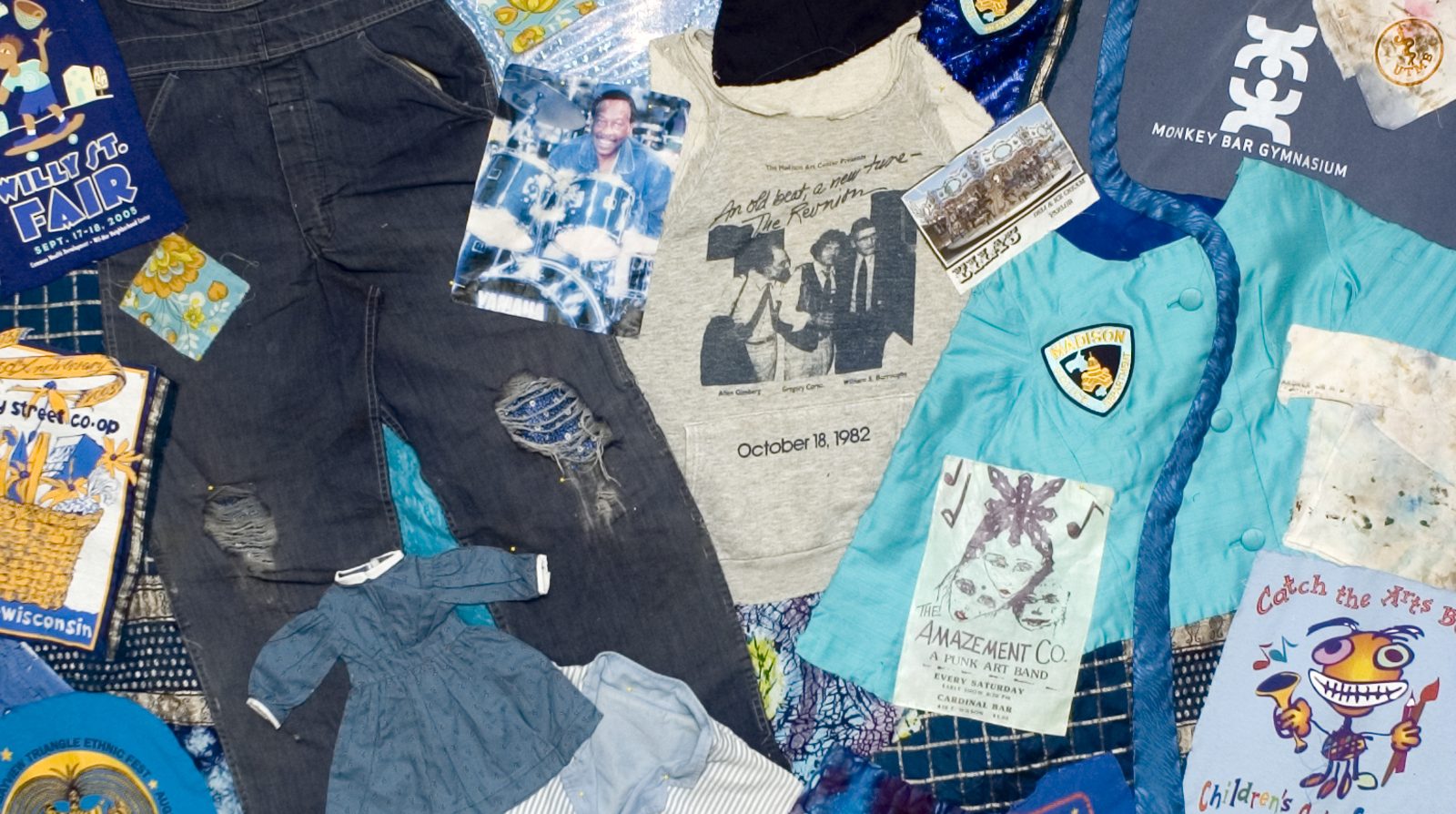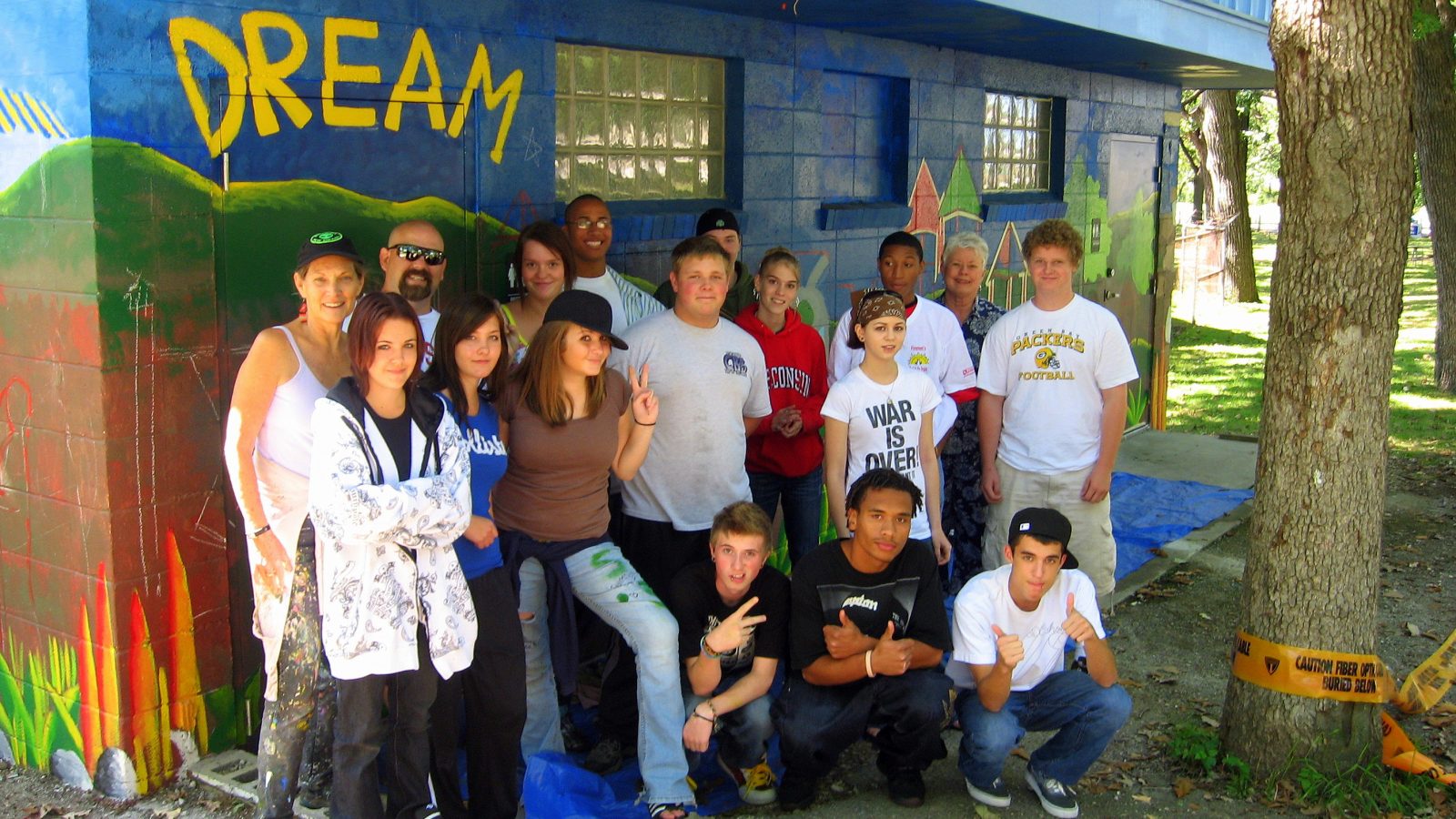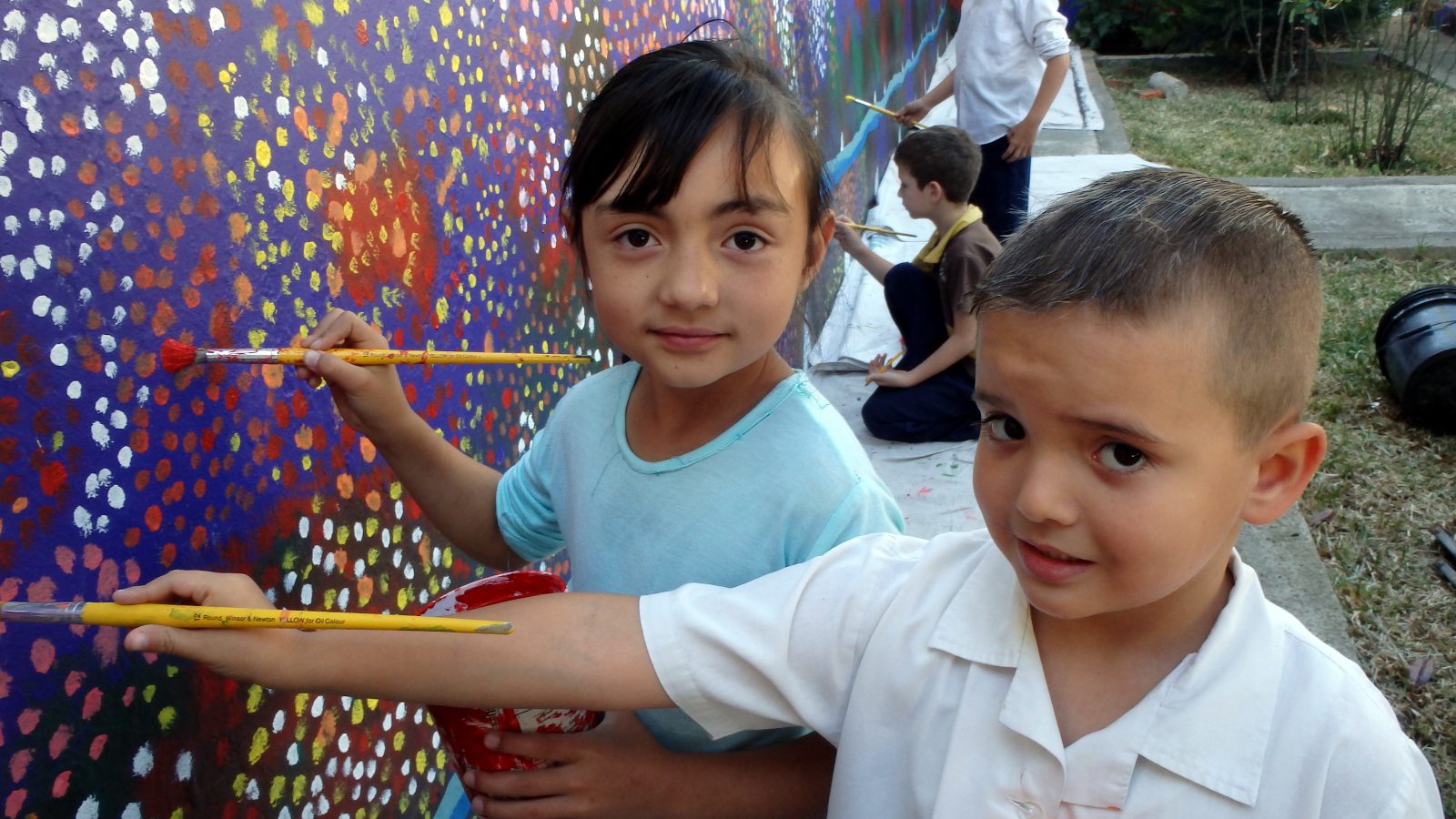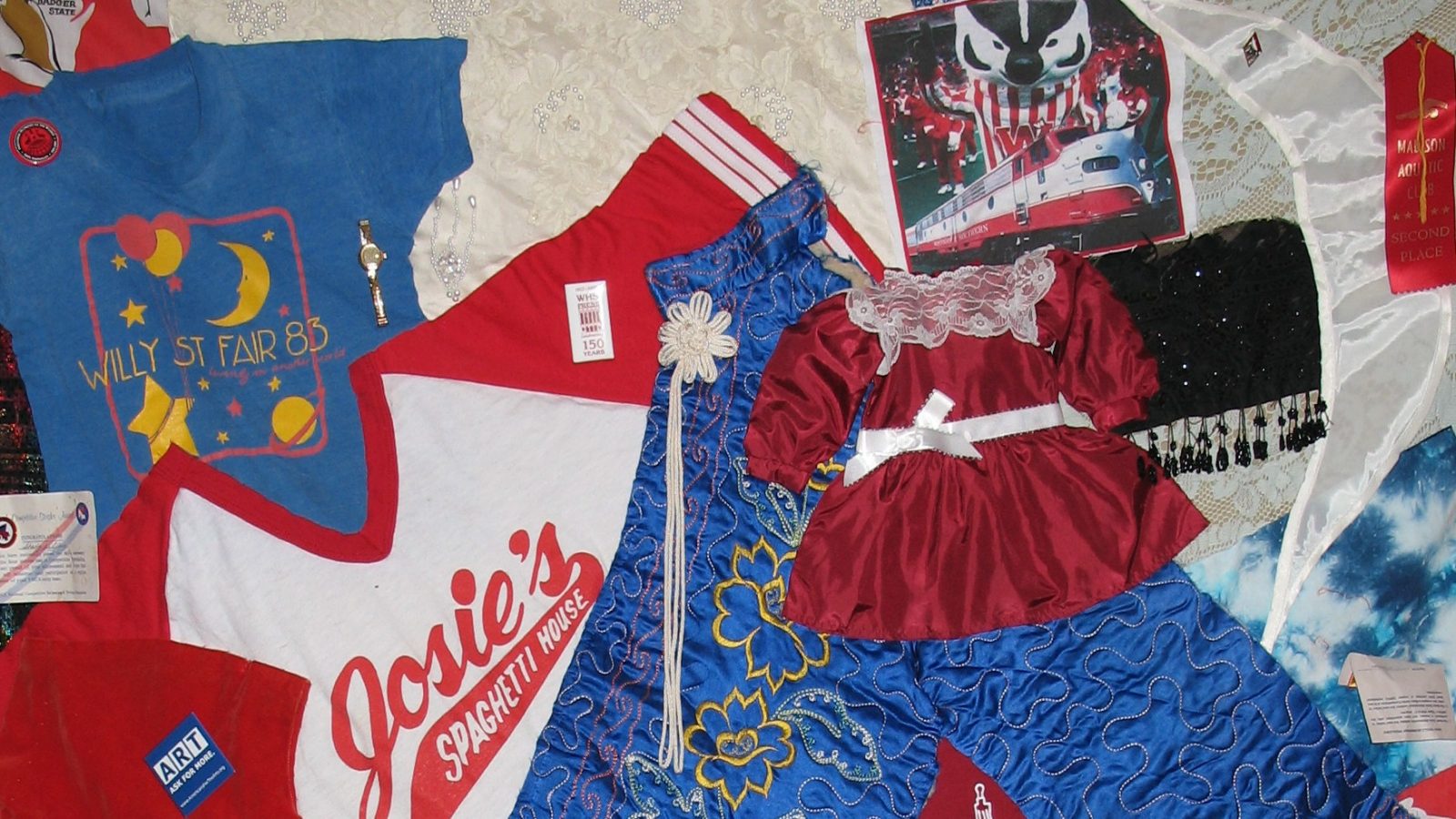A fabrication is a fabric collage which incorporates pieces of clothing and related items such as hats, gloves, slippers, belts and jewelry into a design. It can serve as a “memory quilt” in which families, classrooms or communities can create visual repositories for collected treasures and heirlooms. I believe that a human “essence” lingers on the clothing and related items that we use. My intention in creating fabrications is to evoke that human presence. Another intention is to create a pleasing composition, as with all art. Since a fabrication is hand-sewn, it connects us with generations of sewers, from many cultures, who create beauty with a needle and thread. By hanging these often anonymous bits of sometimes exquisite handiwork on the wall, we are saying “this work, often made by women, matters.”
To make a fabrication of your own, begin to collect items which you want to include in your fabrication. Organize your items. I usually do this according to…




